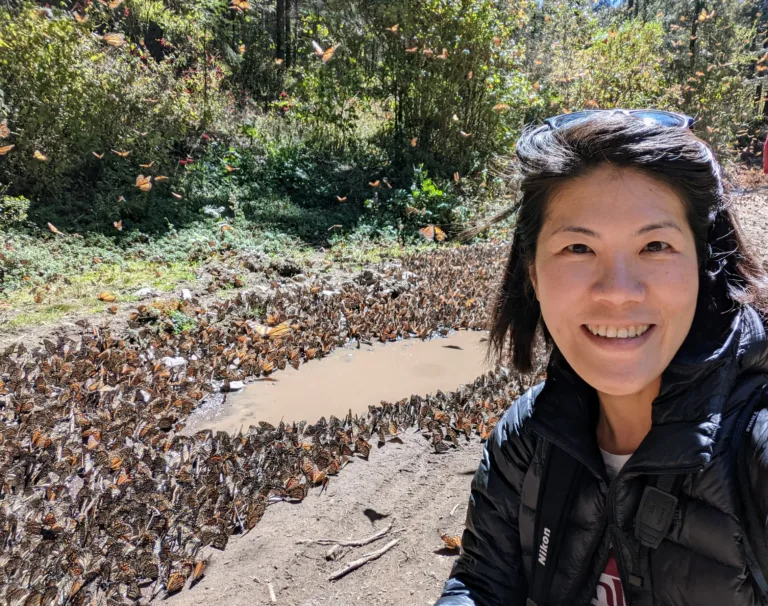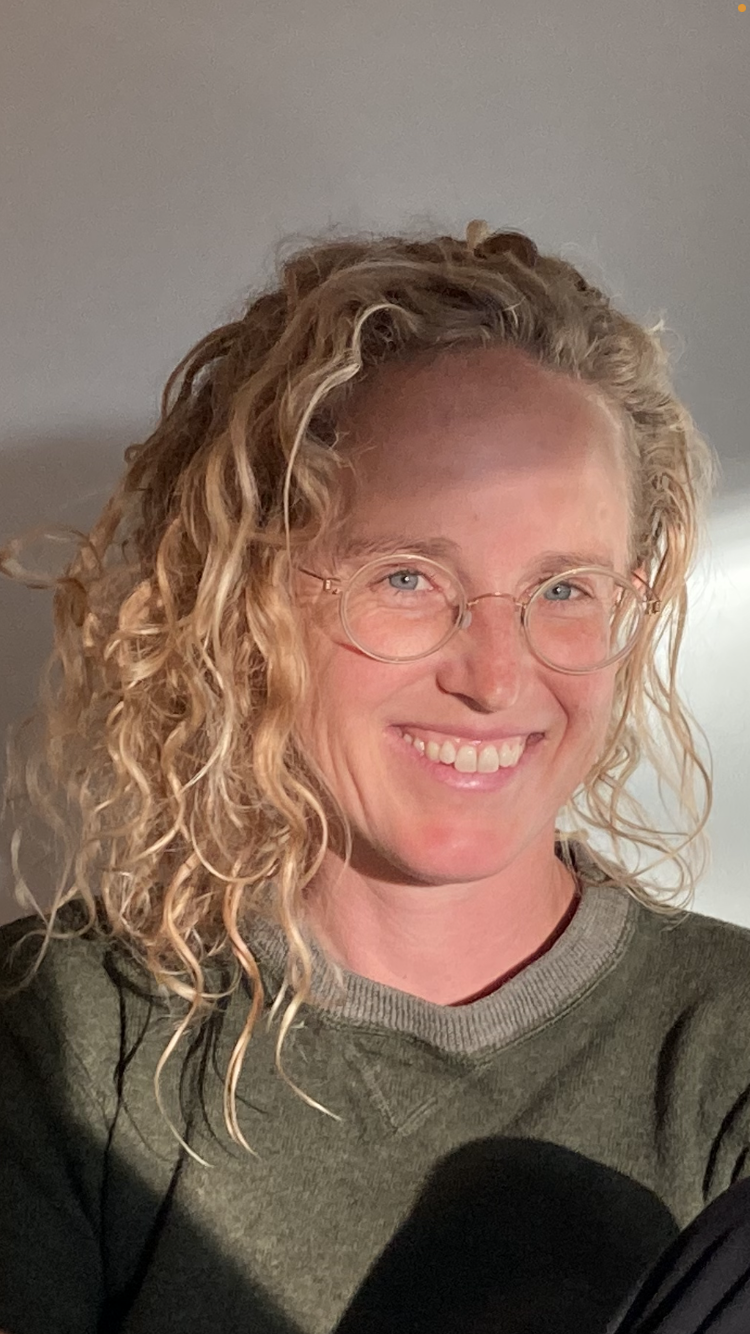The Native Plant Society of Texas is pleased to welcome our 2024 Spring Symposium Speakers:

Lynne and Jim Weber, Master Naturalists and Authors
Both Lynne and Jim Weber are retired from 30+ year, accomplished careers at IBM. They are certified Texas Master Naturalists and Lynne is a past president of the Capital Area chapter. The Webers are dedicated naturalists who have been studying Texas natural history since they moved to Austin in 1989. They have served on the Balcones Canyonlands Preserve (BCP) Citizens Advisory Council (CAC) as well as on the boards of the Big Bend Natural History Association, the Big Bend Conservancy, and the Chihuahuan Desert Research Institute. They conduct Golden-cheeked Warbler and Colima Warbler surveys, lead guided hikes, restore native habitat, map and remove invasive plants, and are stewards of an 8-acre preserve that is part of the BCP. Their nature photography and writing appears on Flickr (https://www.flickr.com/

Mei Ling Liu, Texas Conservation Alliance
Mei Ling oversees the Community Conservation program at Texas Conservation Alliance (TCA). At TCA, one of Mei Ling’s primary responsibilities involves prairie restoration, which encompasses managing the Native Plant Propagation Center dedicated to growing native plants. Additionally, Mei Ling is involved in the Lights Out, Texas! initiative. Another of her responsibility is organizing community events, encouraging public participation in prairie restoration and clean-ups.
Mei Ling earned her B.A. and her M.A. in Taiwan. In 2013, she moved to Texas where she pursued a M.Sc. in International Sustainable Tourism from the University of North Texas. In 2019, while working in her backyard, she discovered a bumblebee nest, which broadened and heightened her passion for wildlife conservation. Prior to joining TCA, Mei Ling worked at the Dallas Zoo Volunteer Services Department, where her knowledge of wildlife conservation and community engagement bloomed.
Today, in addition to her work with TCA, she is a Texas Master Naturalist with the Blackland Prairie Chapter and a member of the Collin County Chapter of the NPSOT.

TJ Gilmore, Mayor of Lewisville, Texas
Personal: Lewisville Resident since 2001; Wife, Tanya; Children, Bridget, Thomas, William; Father was a cutting horse trainer and mother worked as a hospital clerk
Academic: 1991 Graduate of Kofa High School, Yuma, Arizona; 1996 Graduate of University of Arizona – B.A. Social and Behavior Science, Minor in Business
Occupation: Sales Team Manager, Isogent – 2023-Present; Client Engagement Manager, Isogent – 2019-2023; Public Sector Manager, Waste Management – 2016-2019; Regional Sales Account Executive, ICON Voice Networks – 2002-2016; Dale Carnegie Training Sales Executive – 1996-2000; Dale Carnegie Training Instructor – 1999-2014
Civic Activities: Denton County Transportation Authority (DCTA) – 2019-Present (2019 Vice Chair, 2024 Chair); North Central Texas Council of Governments Emergency Preparedness Planning Council – 2018-2020; Metrocrest Chamber of Commerce Board of Directors – 2018-2019; Denton County Homelessness Leadership Team – 2017-Present; Denton County Behavioral Health Leadership Team – 2017-Present; 2016 and 2014 – Mayor Pro Tem; 2013 – Deputy Mayor Pro Tem; May 2011 – Elected to Place No. 3; Irving Chamber Board of Directors – 2003 – 2004; Las Colinas Symphony Orchestra Board Member – 2004 – 2005; 2013 – Graduate Lewisville Citizens Fire Academy; 2011 – Lewisville Planning and Zoning Commission; 2009 – Graduate Lewisville Citizens Police Academy; 2005 – 2011 – Lewisville Community Development Block Grant Committee; 2005 – 2007 – Member; 2008 – 2009 – Vice Chairman; 2009 – 2010 – Chairman; Citizen Participant Lewisville Urban Drilling Ordinance Committee – 2010 – 2011; Cub Scout Pack 233 – Parent and Cubmaster; Troop 9168 Committee Chair 2015 – 2017

Xinyi Yan, 2022 Recipient of the Ann Miller Gonzalez Grant
Xinyi Yan studies Ecology, Evolution, and Behavior at University of Texas at Austin, co-advised by Drs. Caroline Farrior and Amy Wolf. Her research focuses on interactions between plants and soil microbes in a changing world, and how these interactions shape plant coexistence and community assembly. To answer these questions, she uses a variety of approach such meta-analysis, theory, field experiment and soil sequencing.
Under anthropogenic change, the loss of plant diversity and of soil microbial diversity can reenforce each other, and the feedback can have cascading effects on ecosystem functioning. My proposed research aims to help understand the link between Texas native plant diversity and their soil microbial communities. In particular, I aim to answer how plant taxonomic, phylogenetic, and functional diversities each influence soil microbial diversity and composition, and how the diversity-diversity links differ under conditions of altered precipitation and biotic interactions. To answer these questions, I use a local field experiment of 12 Texas native plant species with treatments of plant taxonomic diversities, plant phylogenetic diversities, watering, and insect exclusion. I helped collect plant trait data and will sequence soil fungal communities collected from each treatment plots. I will then conduct statistical analysis to explore the relationship between soil fungal diversity (and composition) and the treatments. Results from this project will help elucidate the impact of biodiversity loss and environmental change on plant-microbe interactions, and provide insights on native plant conservation and soil restoration.

Silas Jenkins, 2022 recipient of the Ann Miller Gonzalez Grant
Silas is a graduate student in the Biology Department at the Texas State University. Their research focuses on the potential effects of inoculum source and mycorrhizal status for Quercus buckleyi growth and drought stress response at the seedling stage. This greenhouse study will endeavor to answer the overarching question: Does mycorrhizal inoculum affect drought response in Quercus buckleyi seedlings? Specifically, a) does the ecological origin of the inoculum affect the rate of root mycorrhization and the identity of the mycorrhizae (arbuscular vs. ectomycorrhizal as the first approximation of taxonomy); b) does the drought treatment change the mycorrhization rate and mycorrhizal identity; and c) do initial colonization patterns or their changes during drought affect plant response to drought?

Jason Singhurst, Texas Parks and Wildlife Department
I am a Botanist and Plant Community Ecologist with Texas Parks and Wildlife Department with an interest in the flora of Texas. I am especially interested in conserving rare and declining plant communities of Texas, with an emphasis on conserving rare, endemic, and peripheral flora of Texas that occur within these communities. I am highly interested in documenting tallgrass prairies. I am also very interested in isolated wetlands state wide. I also support the fishes of Texas project.
